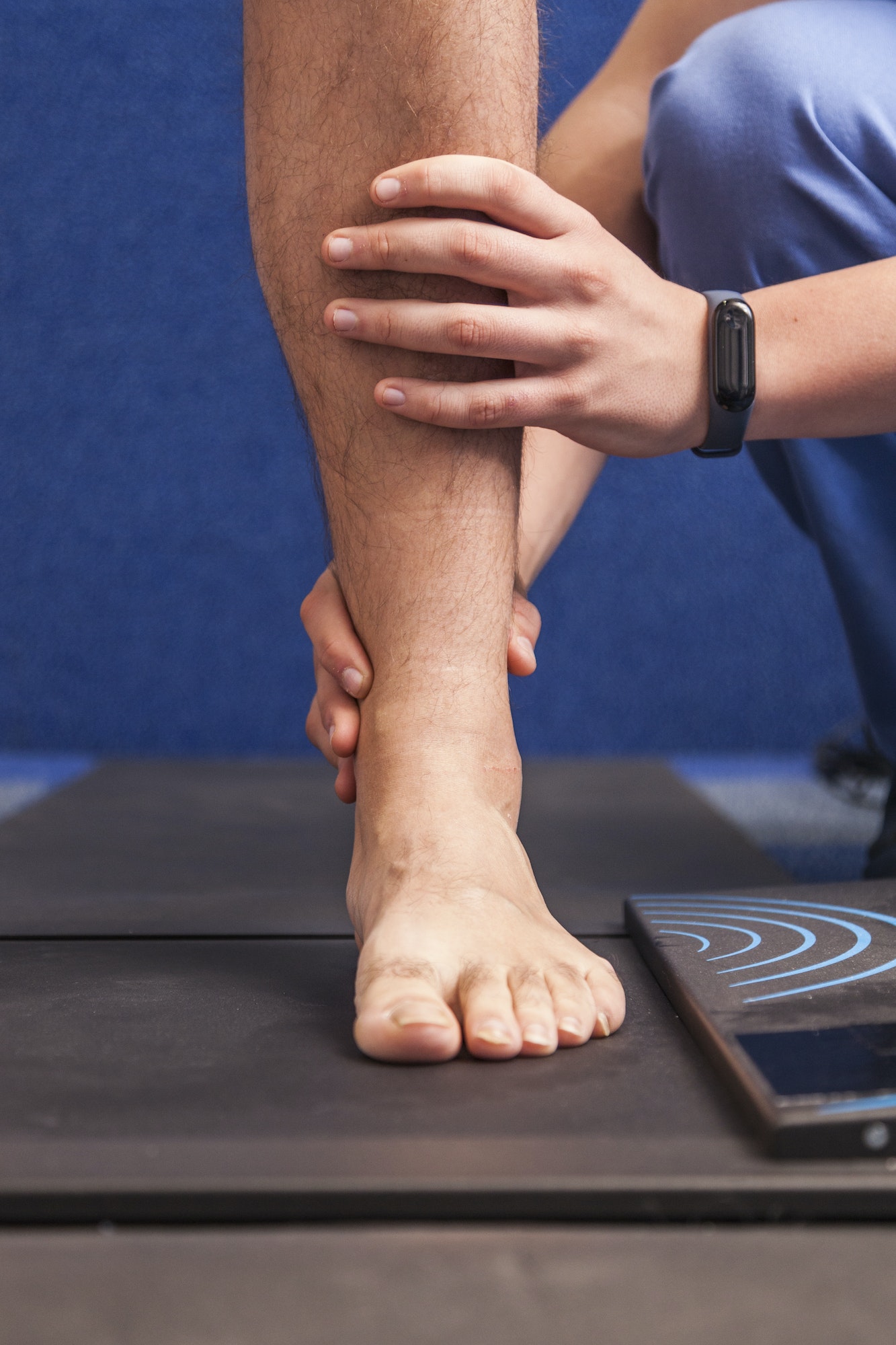Table of Contents
Introduction
The nail, however simple it may seem, is a complex part of human anatomy. Understanding the anatomy can help us understand methods to help treat the nails.
The nail is compromised of the proximal nail fold, proximal nail matrix, distal nail matrix, cuticle, nail bed, and nail plate.
- Proximal nail fold: Defined as the proximal border of the nail plate which extends from the skin above the most proximal aspect of the nail matrix to the cuticle.
- Proximal nail matrix: Extends to the cuticle. This area of the nail produces the dorsal nail plate and proximal fifty percent of the nail matrix and produces greater than eighty percent of the nail plate.
- Distal nail matrix: This extends from the cuticle to the proximal nail bed, and this represents the lunula. It is visible through the nail plate, which is the white, proximal, part of the nail.
- Cuticle: Also termed the eponychium. This is the layer of the epidermis that adheres to the dorsal nail plate. This extends distally from the distal aspect of the proximal nail fold and protects the nail matrix from outside pathogens, allergens, and irritants.
- Nail Bed: Extends from distal nail matrix (lunula) to hyponychium (tip of the nail). The Nail bed is responsible for adhering the nail plate to the digit. There is an arrangement of longitudinal ridges that parallel ridges on the undersurface of the nail plate. The nail bed does not play a role in the production of the nail plate.
- Nail Plate: The nail is a keratinized structure that is produced throughout life. Fingernails grow three millimeters per month. Toenails grow just one millimeter per month. The nail plate growth is influenced by multiple internal and external factors along with the health of the patient.
Different Diseases of the Nail
The nails and the foot are constantly exposed to a variety of external and internal factors. These factors can all lead to pathologies of the nail.
Most Common Causes of Nail Pathology:
Fungal Nails
Fungus of the nails is the most common toenail pathology seen by podiatrists. Fungal nails (also called onychomycosis), occur when the nail cells in the nail bed and nail matrix get infected with fungal species. The most prevalent predisposing risk factor for developing onychomycosis is advanced age, which is reported to be 18.2% in patients 60–79 years of age. Further, men are up to three times more likely to have onychomycosis than women.
Other risk factors include diabetes or other conditions contributing to poor vascular circulation. Onychomycosis may represent an important predictor for the development of diabetic foot syndrome. Patients who are immunosuppressed, such as those with HIV infection and those undergoing cancer treatments, are also predisposed to fungal nail infection.
Athlete’s foot, also called Tinea Pedis, can lead to toenail fungus. Tinea Pedis may start from exposure in places such as shower stalls, bathrooms, or locker rooms where floor surfaces are often wet, and people are barefoot. Nail trauma will also increase the risk of fungal infection of the affected nail, especially in geriatric populations.
Nail bed Trauma
Bacterial Growth
Treatment Protocol at Weil Foot and Ankle for Nail Pathologies
So how are fungal nails treated at Weil Foot & Ankle Institute?
In order to find out the type of fungus or to even determine if fungal elements are present in the nail we need to obtain pathology reports. The way to check for this is to obtain a Polymerase chain reaction (PCR) test panel for nail fungus. PCR testing has significantly helped improve our ability to determine the type of species of fungus growing as there can be hundreds of different species. In addition, different species of fungal elements are treated differently.
The great news is that at Weil Foot & Ankle Institute, we have our own pathology lab to complete this testing, significantly reducing turn-around time on getting the results and information that we need to determine the next steps.
Once we determine the type of species that is present in the nail, as a clinician we are able to formulate the medication(s) that will be most effective in the treatment of the infection. Polymerase chain reaction testing has become a game changer in how we are able to treat nail pathology. With the added data we can become extremely effective and specific on how to treat the specific organisms that are growing in the nail cells.
Treatment options for nails
Oral and Topical Medications
The treatment of onychomycosis has improved considerably over the past several decades, following the introduction of the oral antifungals terbinafine and itraconazole. However, these drugs may have side effects such as liver damage or drug interactions.
There has been a lot of research on topical versus oral antifungal medications in an effort to determine which is the more effective treatment tool for nail infections. While there is not a full consensus as of yet, this research has helped determine that many of the topical antifungal medications don’t work effectively as desired because the fungal medication has to penetrate the nail bed and then get to the nail matrix which gives rise to the nail cells. The nail is permeable, however, has its limitations. In addition, if the nail is very thick there are more nail cell layers, then the medication must seep through all those layers which can limit how much actually gets to the infected nail matrix cells. Thickened nails, extensive involvement of the entire nail, lateral disease, and yellow spikes contribute to a poor response to topical treatments.
Further complicating the scenario is the fact that certain antifungals will bind to the nail plate and not be able to get to the site of infection, which is the nail bed and nail matrix. For example, terbinafine has been shown to accumulate rapidly in the nail, persisting up to 2 months following the end of treatment. Many different approaches to solving the problem of nail bed penetration have been attempted recently. There have been penetration enhancers developed to facilitate drug delivery through the nail plate, as well as the creation of terbinafine nail lacquer. Another technique to enhance the penetration of nail lacquer was the incorporation of terbinafine into Transfersome Lipid Vesicles, which are highly deformable and thus able to pass through the intercellular spaces plate.
At Weil Foot & Ankle Institute, we work with compounding companies that formulate a specific medication. Once we receive the lab results via polymerase chain reaction testing, the results are submitted to the compounding pharmacy and then a medication is created based on the specific patient’s individual pathology to cover all pathogens detected. The medication is applied over the affected nail once a day for up to 4-5 months.
Laser Nail Therapy
Another more invasive treatment option to help with toenail fungus and available in two different types, including C02 laser and long and short-pulsed laser. Compared with topical and oral medication therapies, laser treatment offers a more promising treatment of fungal nails in patients with diabetes, elderly patients with drug intolerance, and those with pre-existing liver and/or kidney disease.
The efficacy of CO2 laser treatment was found to be slightly higher than that of long and short-pulsed treatment for curing onychomycosis. This may be because whilst the long and short-pulse laser inhibits the growth of the fungus, the CO2 laser can increase the localized temperature and gasify and decompose the infected tissue thereby having a sterilizing effect. The efficacy of laser treatment in curing onychomycosis depends also on the overall health of the patient and on the course of treatment being completed. Both forms of laser therapy are available at Weil Foot & Ankle Institute.There has been a lot of research on topical versus oral antifungal medications in an effort to determine which is the more effective treatment tool for nail infections. While there is not a full consensus as of yet, this research has helped determine that many of the topical antifungal medications don’t work effectively as desired because the fungal medication has to penetrate the nail bed and then get to the nail matrix which gives rise to the nail cells. The nail is permeable, however, has its limitations. In addition, if the nail is very thick there are more nail cell layers, then the medication must seep through all those layers which can limit how much actually gets to the infected nail matrix cells. Thickened nails, extensive involvement of the entire nail, lateral disease, and yellow spikes contribute to a poor response to topical treatments.
Chemical or Surgical Nail Removal
While this is a last resort treatment option, In some cases, removal of the nail may be required. Temporary removal of the infected nail can be performed to permit direct application of a topical antifungal. Permanent removal of a chronically painful nail that has not responded to any other treatment permits the fungal infection to be cured and prevents the return of a deformed nail, resulting in relief for the patient.
Regardless of what level of infection you are struggling with, your Weil Foot & Ankle Institute Podiatrist can evaluate, diagnose and work with you to develop a customized treatment plan that is right for you.
Don’t put off treatment – let’s work together to get those toenails sandal-ready!

Meet Weil Foot & Ankle Institute
By: Weil Foot & Ankle Institute, Published: Mar 22nd, 2023
Review By: Bilal Siddiqui DPM – Mar 23rd, 2023


